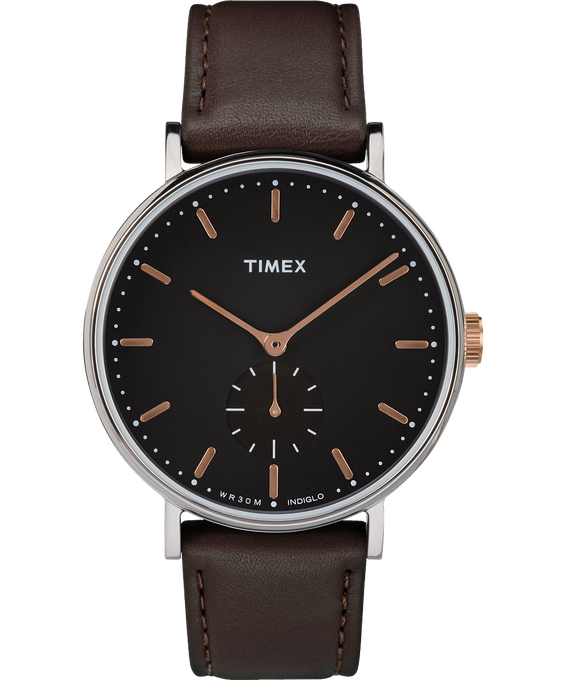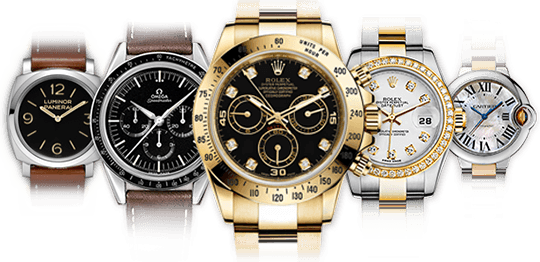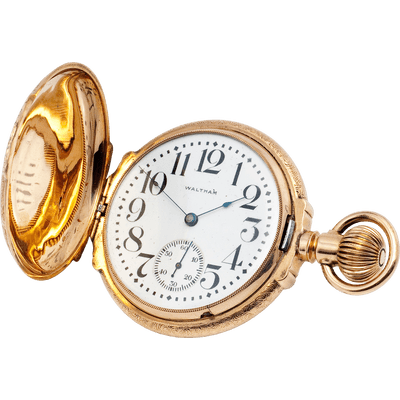
Classic Watches
A watch is a timepiece intended to be carried or worn by a person. It is designed to keep working despite the motions caused by the person's activities. A wristwatch is designed to be worn around the wrist, attached by a watch strap or other type of bracelet. A pocket watch is designed for a person to carry in a pocket. Watches progressed in the 17th century from spring-powered clocks, which appeared as early as the 14th century. During most of its history the watch was a mechanical device, driven by clockwork, powered by winding a mainspring, and keeping time with an oscillating balance wheel. In the 1960s the electronic quartz watch was invented, which was powered by a battery and kept time with a vibrating quartz crystal. By the 1980s the quartz watch had taken over most of the market from the mechanical watch. Today most watches that are inexpensive and medium-priced, used mainly for timekeeping, have quartz movements. Expensive collectible watches, valued more for their elaborate craftsmanship, aesthetic appeal and glamorous design than for simple timekeeping, often have traditional mechanical movements, even though they are less accurate and more expensive than electronic ones. Various extra features, called "complications", such as moon-phase displays and the different types of tourbillon, are sometimes included. Modern watches often display the day, date, month and year, and electronic watches may have many other functions. Time-related features such as timers, chronographs and alarm functions are common. Some modern designs incorporate calculators, GPS and Bluetooth technology or have heart-rate monitoring capabilities. Some watches use radio clock technology to regularly correct the time.


